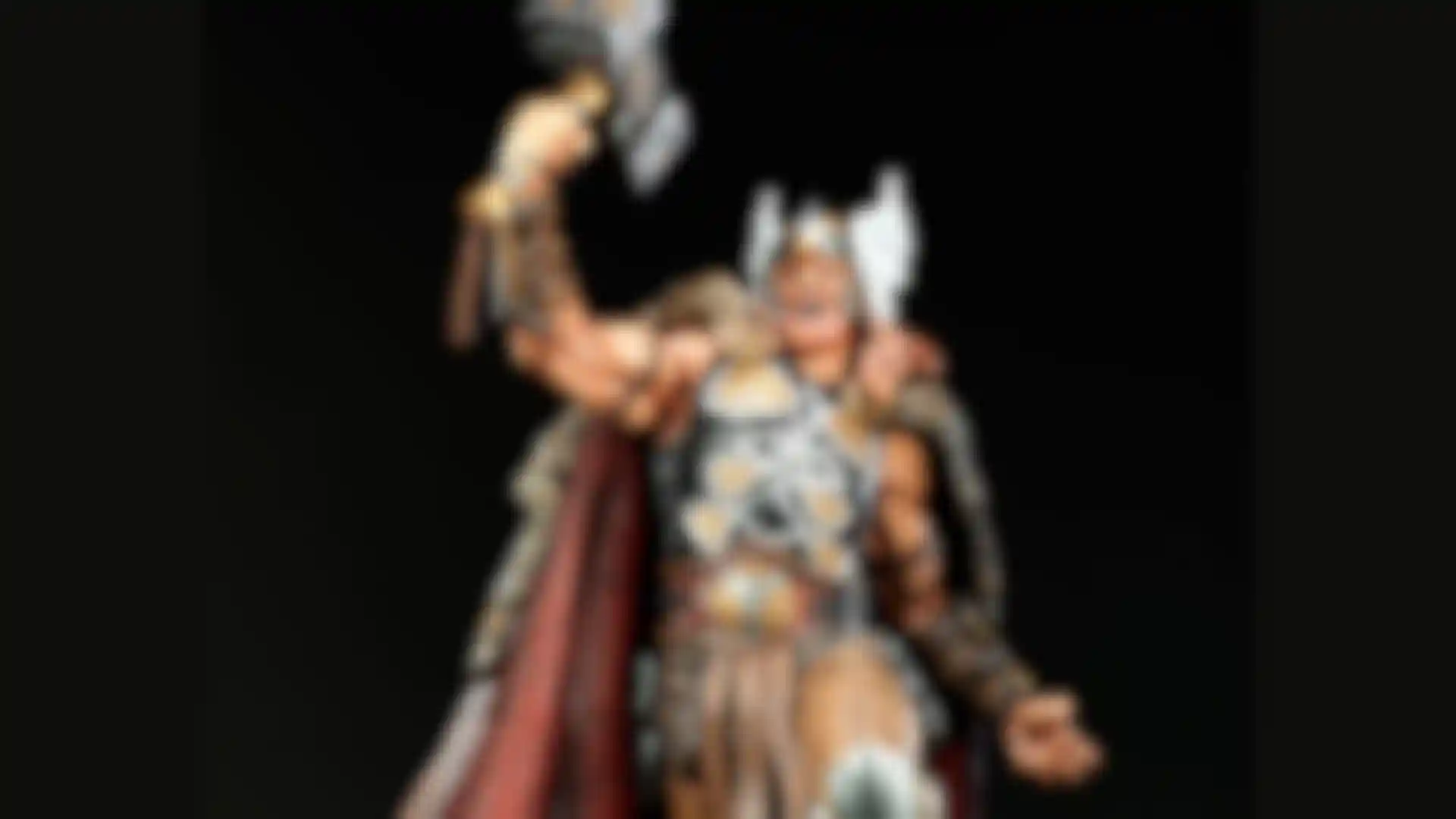
Sculpting Figures from Thor to Batman Vs Predator Alejandro Pereira shares his knowledge in sculpting and printing dramatic yet believable figures.
Alejandro Pereira is a highly talented freelance artista with more than 7 years experience in the world of film and animated series production. He decided to focus his knowledge by mixing two of his passions: 3D animation and traditional sculpture. Eventually, he narrowed that to just sculpture.
To date, Alejandro has worked with a large number of important licensors: Marvel, DC, Disney-Pixar and Universal Studios among them. Other credits include ARH Studios, Gentle Giant, McFarlane Toys, Pop Culture Shock, Funko and others.
His 3D printed statuettes are spectacularly detailed, with a great sense of form and movement. We hope that you enjoy this journey into the mind of a First-Class figure creator!
Do you have a real-world sculpting background or have you been sculpting digitally from the start?
I started sculpting traditionally almost at the same time that I started to learn 3D. The reason I started sculpting in a traditional way was because I was a collector without the money to build my collection, so I decided to make my own figures. I studied anatomy and traditional sculpting in a self-taught way while I was learning to use the interface of generalist 3D programs.
Everything changed when I discovered ZBrush. I seem to recall that it was version 2. Even then, the possibilities that the program offered were enormous, so it was only a matter of time and naturally I began to sculpt in ZBrush. Since I was still unable to physically take the figures from the screen, I continued to make my own statues by hand.
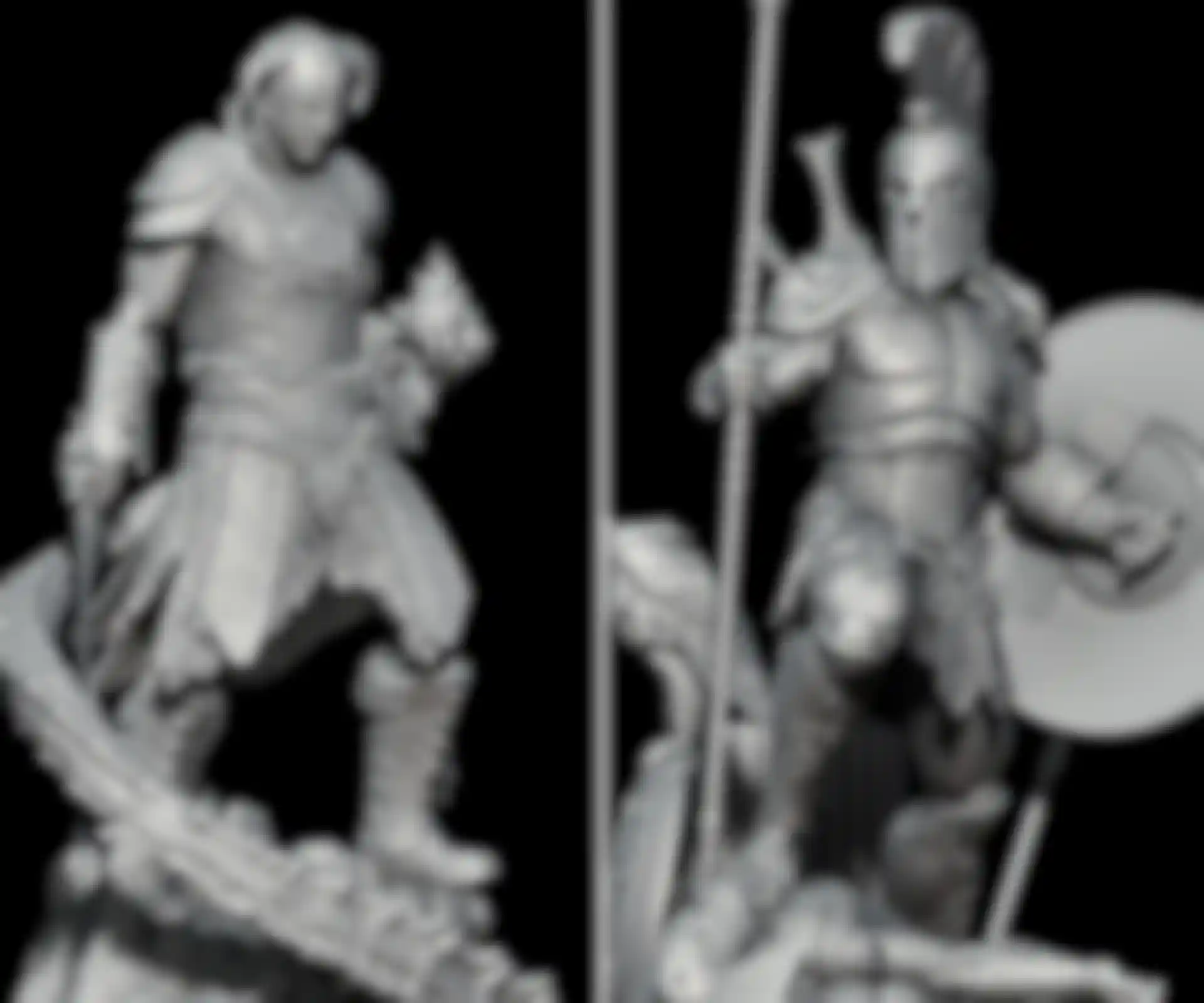
What were your reasons for going digital?
I didn´t think about it that much. I tried ZBrush and it was AWESOME. The process of passing my knowledge of sculpture to the program was a natural process. Currently, due to time constraints I don´t sculpt physically but I want to do it again.
Your sculptures always have a dramatic, yet believable pose. How do you go about creating that?
The most important things for me in the figure are the face, the action (movement) and hands. These determine if a figure is alive or dead. You can make a character with incredible anatomy, realistic textures and incredible details but if the pose or face don´t work the figure will look dead.
In ZBrush you always tend to lose your mind detailing things, but I think that is not the most important thing.
To practice good extreme poses there is nothing better than comics! I have read comics since I was a child and it is a great source of good references for dynamic poses and movements. I advise everyone to read comic books and practice drawing them!
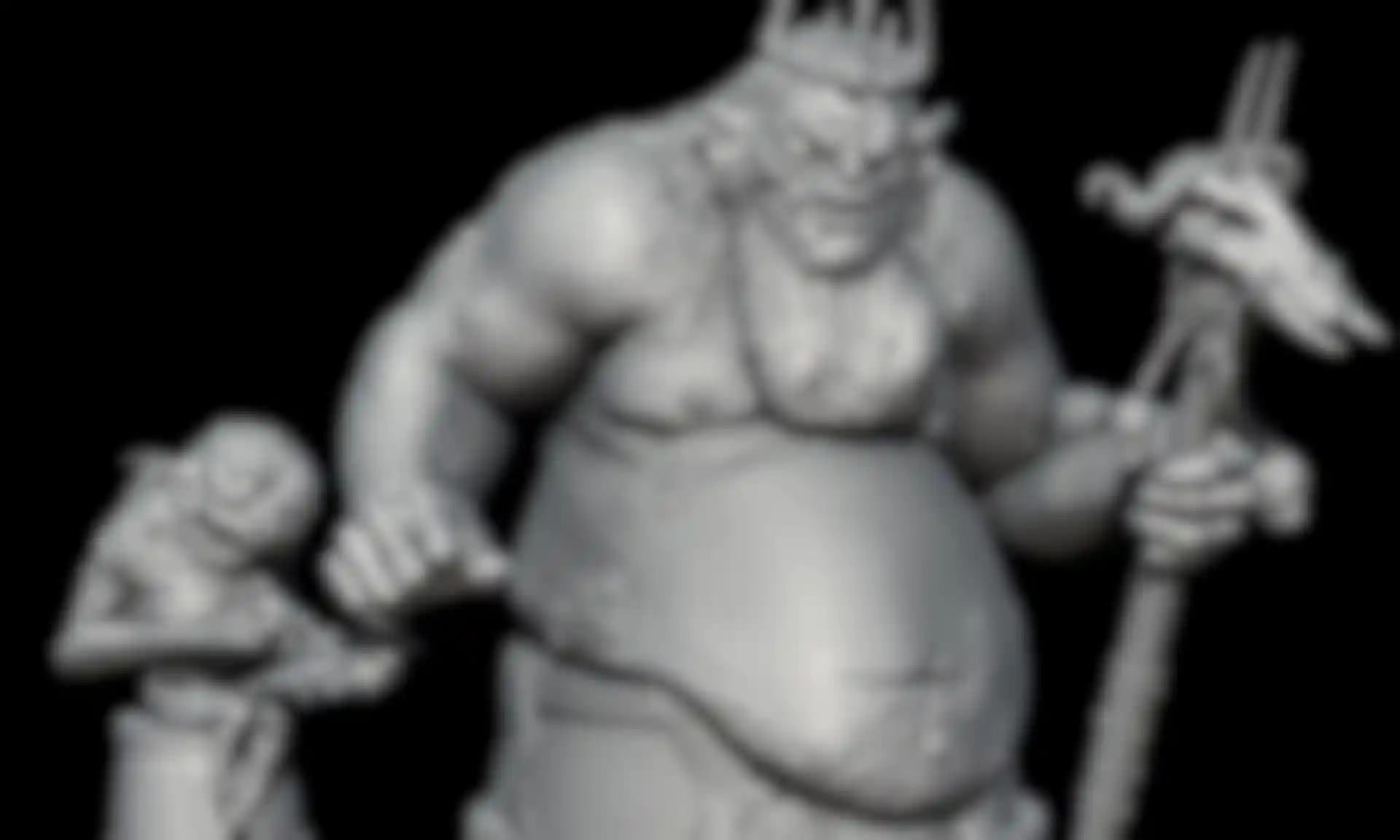
The amount of detail on the Thor statue is insane. Were there challenges in getting those fine details to print successfully?
The important thing you should know before adding detail is what scale will be used when printing the figure. For example, if it will print in a 1/4 scale the details show without problems. If the statue is on a smaller scale then perhaps there is no sense in making it very detailed.
A small tip is to try to visualize on screen the actual size of the figure in order to see how it should work.
One very important thing that digital sculptors must to keep in mind is that we are developing a Master. That means the first copy or the original copy, which is what they will use to make the molds for the production. All copies will come from this Master, which means that some of the details are lost. In fact, about 10% of the detail is lost.
Speaking of details, what were your techniques for creating the scale pattern on Medusa?
For Medusa´s skin I made a projection of the tail and I made my own alpha with different levels of details.
And the parallel lines on Anubis' kilt?
Anubis was my first digital work for ARH. I love everything Egyptian and making this statue was a great experience! For this texture I did the same as I did with Medusa´s skin.

Another thing I've noticed in many of your statues is the rich detail in the base. What's the process you follow and what ZBrush features do you use to sculpt such natural-looking rock formations?
The base is a fundamental part of the sculpture for me. The base helps to create the history of the statue. As in journalism, the rule of the Five W’s applies: Who, What, When, Where, Why ...and how.
The process to creating realistic objects is to take a few minutes to look for references.
For the rocks I use the Noise plugin and play with the values until I find what I am looking for.
Batman vs. Predator is mind-blowing. With the bats flying around, it doesn't even look like it could possibly be printed in 3D. Could you walk us through the process used in the figure's creation and evolution?
This statue was a crazy idea that I had. I am a big fan of both Batman and Predator. I saw on the internet a fantastic short by Sandy Corola called 'Dead End' and it was inspirational for me. I recommend it if you have not seen it. The main idea was to make a little exercise in the composition of two characters fighting. But while building the characters I increasingly fancied doing something that had not been seen in statues and I ended up creating this diorama.
I usually tell a story with my statues. Imagine what would happen if Batman came across Predator. Batman would be the prey and Predator the hunter. The only opportunity that Batman would have would be the element of surprise. The first thing he would do would be to disable the Predator´s powerful lasers and as we see in the sculpture, Batman has disabled both of them with his batarangs. The only remaining option is therefore hand to hand and again the element of surprise. I love imagining those stories and translating them into my statues! LOL
For the execution I started by doing Batman in one file. After that was the body and anatomy of the Predator, since he was the biggest character in the composition and the one that was going to have larger number of SubTools. Once I found the idea for the action I placed both characters in their poses and kept on designing the parts of the Predator´s armor.
For the composition it is necessary to keep in mind that this statue will be a real (physical) statue. That is to say, we must think about the final production. Part of the engineering has to include how the Predator will support Batman`s weight. If you notice, Batman is in contact with it at three points. The Predator, even in an imbalanced position (since Batman has dropped down on him) possesses three contact points with the base. (The two feet, and the hip which is in contact with the gargoyle.) The bats are all in contact with the cape or another part of the diorama. Everything is thought through so that it works not only for the composition and its depiction of the action I wanted, but also in the future production.
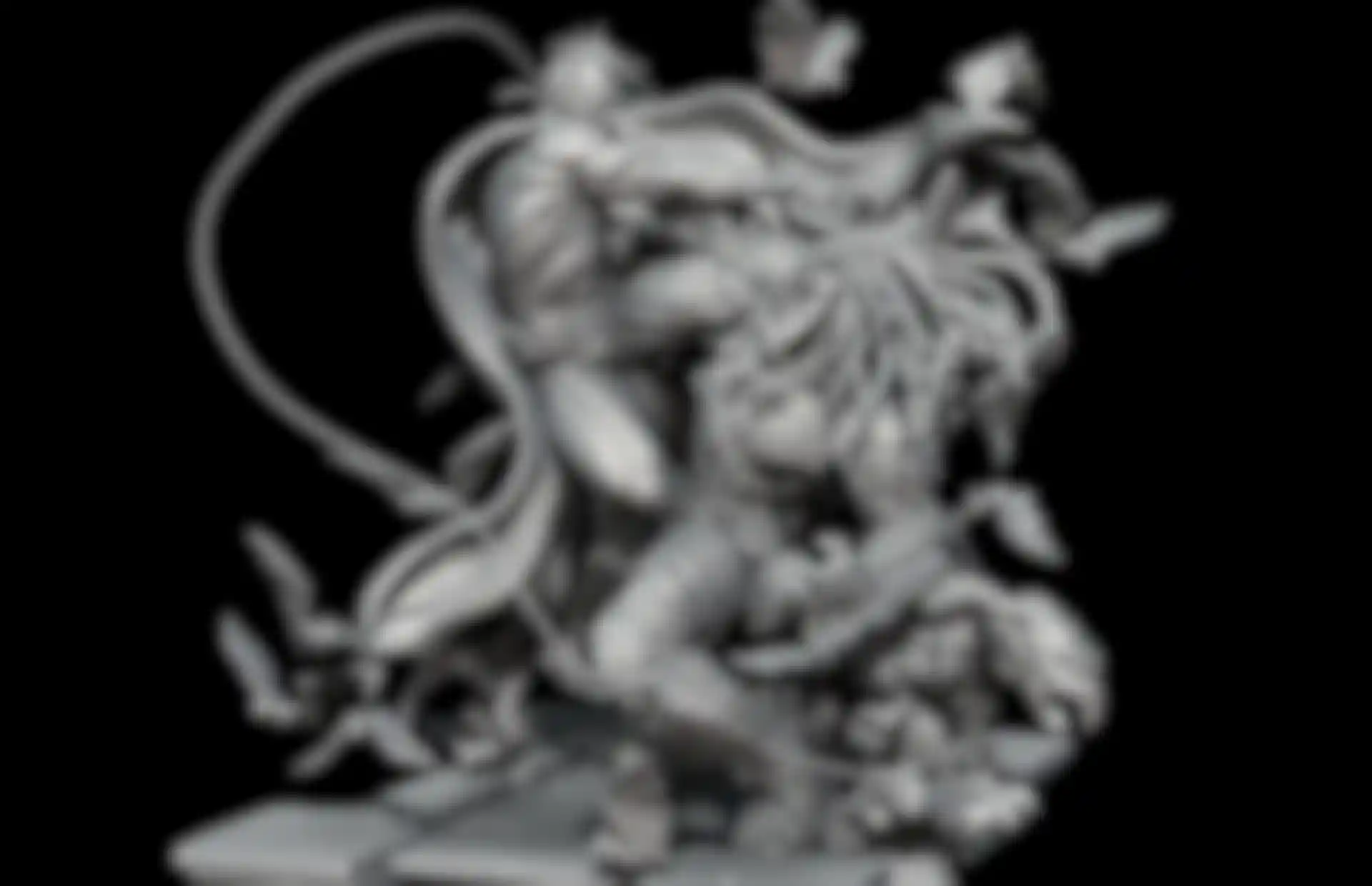
What are the benefits to sculpting each character separately? Doesn't that create challenges when you finally bring them together?
I usually begin to sculpt the characters separately. We must keep in mind that the final file with multiple characters can be very heavy, which means we must to find ways to optimize. For example, it makes no sense to have all subdivisions for all SubTools. We can use decimation to optimize the scene once a particular SubTool is finalized. We can also use decimation with hard surfaces, weapons, etc. You can even begin to model with DynaMesh and at the end decimate the SubTool. This is the best way to optimize a SubTool.
For the composition I pose both bodies in the final file. Once I get the desired action, I use each posed body as a reference for positioning the SubTools because sometimes if using Transpose with all the SubTools we risk accidentally deforming other parts of the figure.
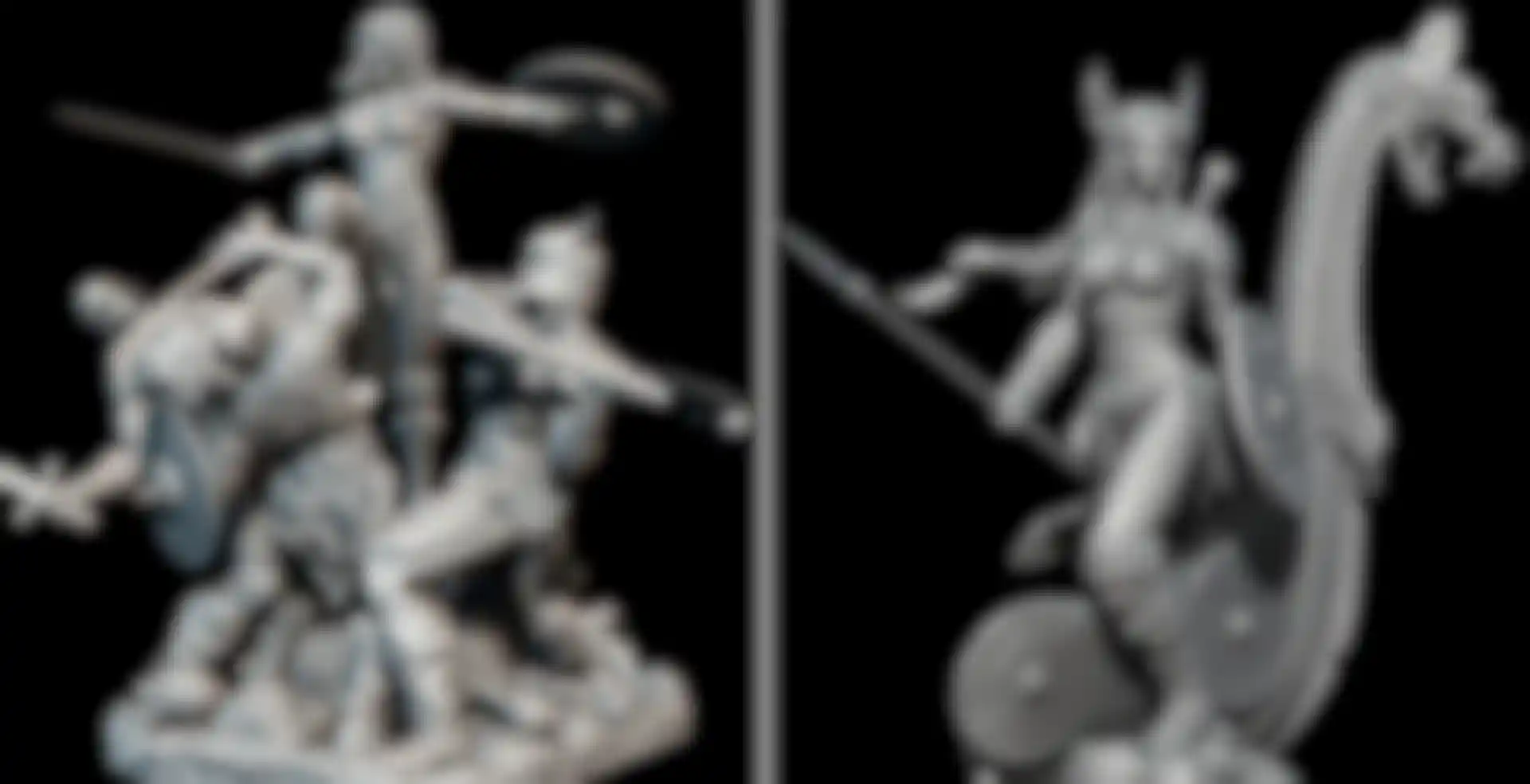
Could you give us an idea of how long it took for some of these figures, from start to finish? Especially “Thor” and “Batman vs. Predator”?
The difficult thing about Thor was to design a version that had not been seen until now. When we do not have a design going in, the process becomes a little slower. Thor took approximately one month between the overall process and corrections.
Since I did it in my free hours when I had no urgent deadlines, Batman vs. Predator took approximately one month to a month and a half. Since I wasn’t under anyone else´s supervision and it was entirely my design, everything was faster. I had a clear idea from the outset everything was done quickly.
What does ZBrush do for you that other programs can't?
For me, it’s the versatility and ease of creating any design in 3D. I have worked for years in the world of animation and video games. We always encountered the problem that designs could work well in 2D but not in 3D, or vice versa. With ZBrush you can design directly in 3D. This has broken down many barriers!! It represents a tremendous savings in time of creative production.
I have tried other similar programs but I didn't feel too comfortable with them. The meshes didn't work as well. Nor did the brushes, etc.
I still remember the feeling I had when I was able to make my first things in ZBrush. I thought, “This is my program.”
If you had to choose, what would be your favorite feature and why?
Lately, one of the functions that I use most has been DynaMesh. I explore any sketch or design without worrying about topology, polygons or those kinds of things. But it is not just a matter of pressing a button. It still requires practice building - especially for hard surfaces.
I also love the new Panel Loops features. They’re magic! Very useful to make hard surfaces or to design High Tech armor or weapons.
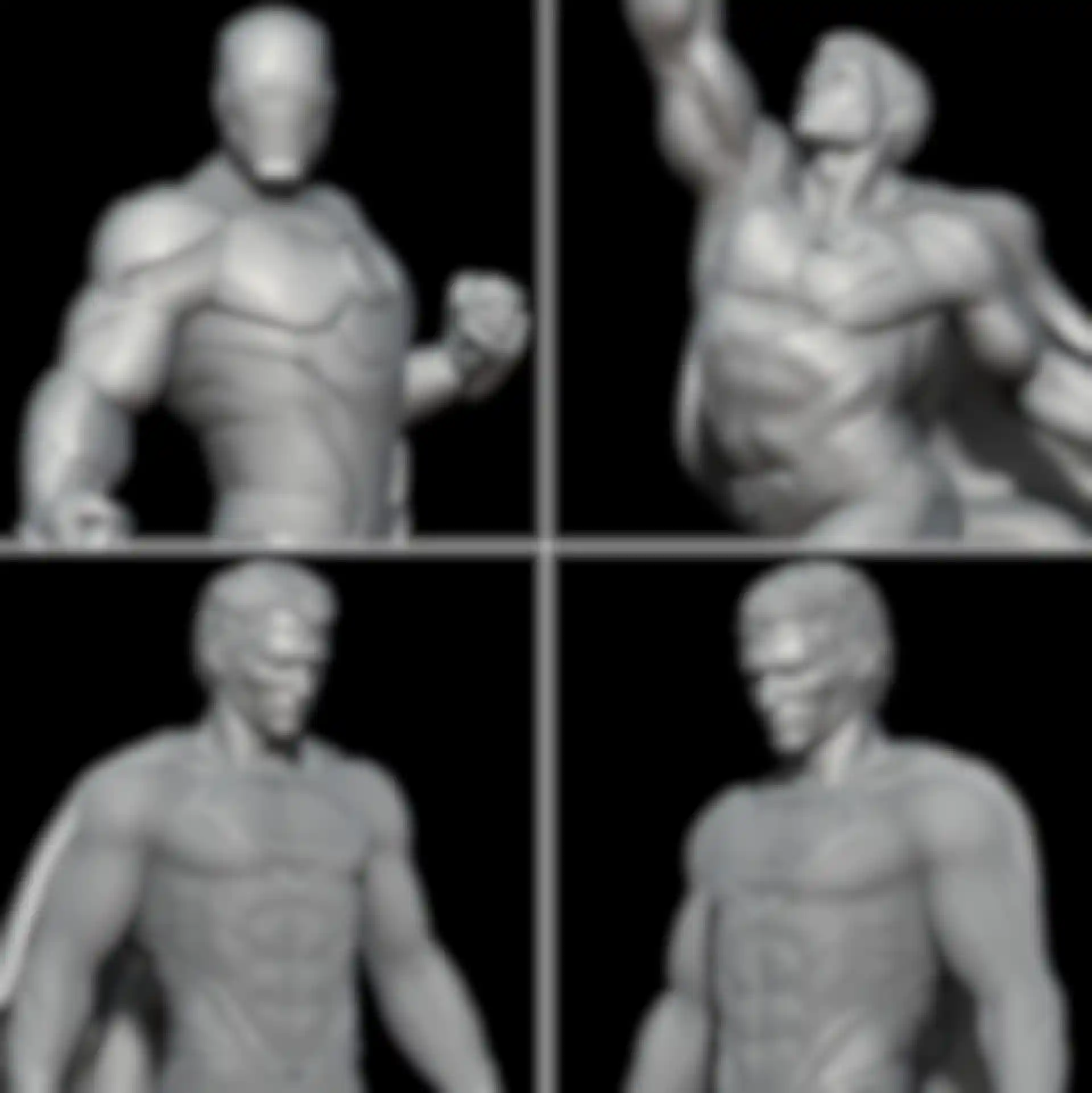
What advice would you give to someone just starting with ZBrush?
For someone who is starting out I would say that ZBrush does not make miracles. It is only a tool. The important thing it is what you have inside you. Learn to express yourself! Learning how to use the program or be a technician in the program is fine, but will not make you an artist.
If you want to be a digital sculptor you will have to learn anatomy and movement. Improve your drawing. Learn traditional sculpture, etc. In ZBrush you will then be able to make the same things using different methods.
My advice is that you learn to use the program and from there start to make magic. But I insist, ZBrush is only a tool for the artist. Nothing else! Try to practice different styles such as real characters, cartoon characters, manga style, etc. And always use references!!!
Is there anything else you'd like to say while you have our attention?
I would like to thank you for the opportunity that you give me with this interview. It's been an honor to show some of my work to all the many artists in ZBrush Central.